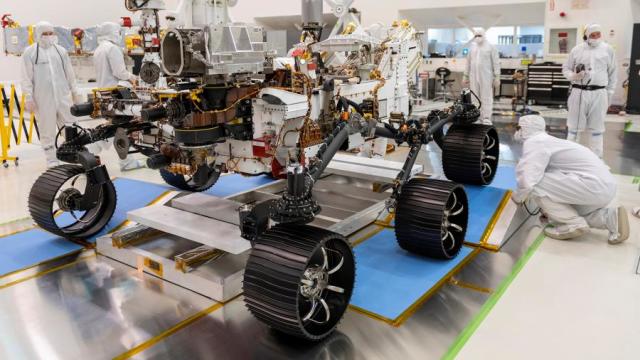The Atlas V launch vehicle with the rover launched in July 2020 from the Cape Canaveral space center
NEW YORK, February 16. /TASS/. Specialists of the US National Aeronautics and Space Administration (NASA) believe that all the systems of the Perseverance spacecraft approaching Mars are working normally, and the rover is ready for the landing scheduled for February 18. This was stated on Tuesday by Deputy project manager Jennifer Trosper at a press conference, which is broadcast on the agency's website.
"I can say that Perseverance is currently functioning perfectly. All systems are ready for landing, " she said. The specialist explained that NASA employees have already given the command to the spacecraft systems to start preparing for landing.
Perseverance is scheduled to land near the Jezero crater. As reported at a press conference, NASA employee Erisa Stilli, who is part of the group of specialists responsible for the descent of the device, the department has compiled a detailed map of the area. It shows the most dangerous places for the rover. "This is the best map of possible threats that we have ever compiled as part of a flight," Stilly said. She noted that the on-board computer should choose the most suitable place for landing.
Chief engineer of the project Adam Stelzner assured that NASA specialists when creating Perseverance took into account the experience of using the Curiosity rover, the wheels of which were damaged by rocks. Perseverance wheels are much stronger, the specialist said.
The Atlas V launch vehicle with the rover launched in July 2020 from the Cape Canaveral space center (Florida). Perseverance must place rock and soil samples in approximately 40 special containers. It is planned that they will be picked up by another rover in 2026. It is expected that the containers will be loaded on a special launch vehicle that will take them to the orbit of Mars. Next, the samples will be picked up by another device, which should deliver them to Earth. NASA expects this to happen in the 2030s.

